Australia has officially complained to the World Trade Organisation (WTO) last month that China’s huge slap – as high as 218.4% tariff – on the country’s wine industry has done “serious harm”. Trade Minister Dan Tehan had even offered a hilarious reason. He said Australia was forced to file the dispute because Beijing had refused to answer phone calls from Canberra.
On March 26, China’s Ministry of Commerce officially announced that import duties between 116.2% and 218.4% will be imposed on Australian wines. The ministry concluded that domestic wine industry had been hurt by the dumping of cheap Aussie wine. To make matters worse, Beijing decided that the anti-dumping punishment will last for 5 years.
Among the major wine exporters, Treasury Wine Estates – owner of the popular Penfolds label – has been slapped with an anti-dumping duty of 175.6%. Yellow Tail, an Australian brand of wine produced by Casella Family Brands will pay a 170.9% tariff. Accolade Wines, which can be traced its beginning to Thomas Hardy and Sons, a company founded in 1853, have to pay the 167.1% import duty.
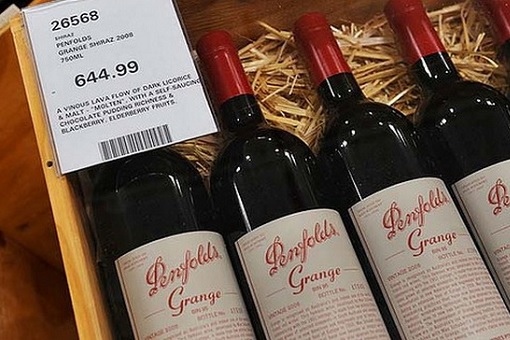
Other Australian wine exporters will pay up to 218.4% duties. But the damage was already made known as early as November 2020. Australian wine exporters watched in horror as stockpiles of wine stuck in warehouses thanks to “unofficial” boycott from its biggest customer. They had been warned by Chinese importers that shipments of Australian wine will not clear customs.
Since the tariffs were officially imposed, there have been talks that Australian winemakers would eventually find alternative markets. Some believe the dispute with China could be resolved without compromising Australian ideals. Others screamed that South Korea, Japan, Vietnam, Singapore, Canada and of course, the U.S. and the U.K, could easily replace the Chinese markets.
Heck, some have even issued a chest-thumping declaration – “China needs Australia more than we need them”. Anti-Chinese Australians said – “We should immediately ban the sale of Chinese goods in Australia. We should teach the Chinese a lesson”. Others wanted Canberra to retaliate – “We should slap a 1000% tariff on Australian iron ore”.
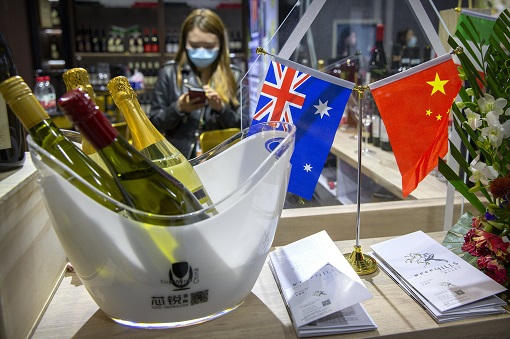
Yet, despite all the big talks, the China market is simply too huge for any other countries to replace. China already overtook France as the world’s largest drinker of red wine in 2013, when Chinese consumers drank 1.9 billion bottles. Australians who thought they don’t need the Chinese hadn’t a clue that the lucrative Chinese wine market was worth a staggering A$1.2 billion a year to their country.
As a result of the tariffs, Australian wine exports to China crashed to just US$9 million (12 million Australian dollars) in the December quarter (ended March 31) – a huge plunge from 325 million Australian dollars a year earlier (2019). The 96% drop confirms that the hefty tariffs imposed by the Chinese government have wiped out Aussie’s biggest export market.
Still, despite the 96% plunge in export in the quarter, China still remained the largest export market for Australian wine for the full 12-month period because of the large volumes sold in the first few months prior to the tariffs. Overall, total sales to mainland China for the 12 months ended March 31, 2021 were down 24% to A$869 million. That shows how critical the Chinese market is to Australia.
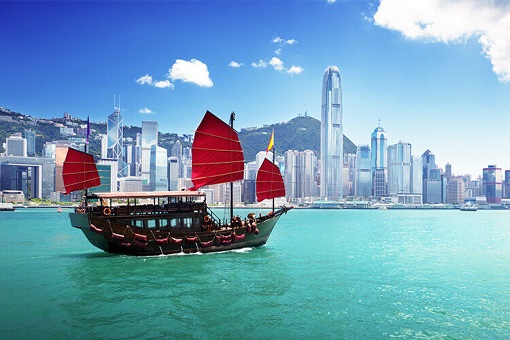
Now, more evidence has emerged that it’s Australia who needs China more than the Chinese need the Aussie. Not ready to give up, Australian wine exporters have apparently resorted to using backdoor into the Chinese market through Hong Kong. Just like the smuggling of Apple iPhone into China previously, Hong Kong has now become a black market hub for Aussie wine.
According to Wine Australia’s annual Wine Export Monitor, while China’s purchase of Aussie wine has plummeted, sales in Hong Kong have skyrocketed. In the 2020-21 financial year, Hong Kong spent A$186 million on Australian wine, an annual rise of 111%. At the same time, exports to China fell 45% to A$605 million, down from A$1.2 billion the year prior.
The role of Hong Kong as an illegal “grey market” is not new. Before China established a direct trade channel directly with Australia, the island had served as illegal trade routes between both nations. The trade wars for the last 18 months have basically reopened the old routes for Australia to sell its wine using the backdoor entry to the Chinese consumers.
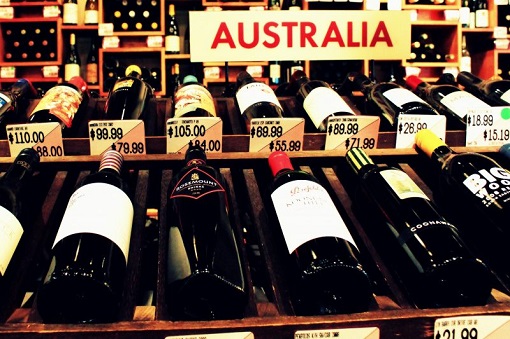
Although the “backdoor” is providing a lifeline for 800 Australian wine producers, who have been forced to dump wines cheaply in the American and British markets as a result of the Chinese’s action to boycott Aussie’s wine, it’s just a temporary fix. David Olsson, National President of the Australia China Business Council, said – “It’s a high-risk strategy. The authorities can shut down those channels”.
Mr Olson said – “If the Chinese really wanted to shut this off, they can. It’s very hard as a producer to rely on the grey market. Chinese customs could shut it down at any time. It’s not a substitute for legal and aboveboard trade.” It’s also unknown if this is part of Beijing’s strategy to toy with Canberra, providing both hope and insult – Aussie could still do business but is reduced to backdoor entry.
To make matters worse, the grey market does not provide as much profit as legitimate trade. The tactic could prolong the suffering of the Australian wine producers as they have no idea for how long they should continue selling through the grey market. They may have been given the false hope that the Chinese punitive tariffs could end earlier than 5 years.
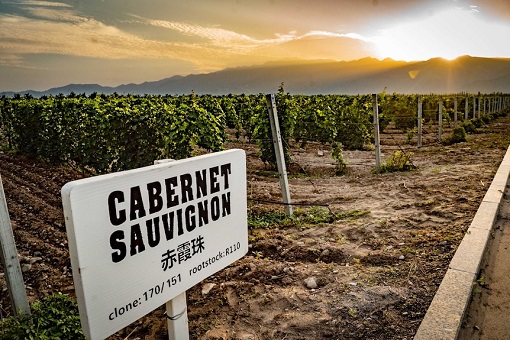
Besides using Hong Kong as backdoor entry, another sign that Australia needs China more than they originally thought is the fact that Australian winemakers have been busy seeking new partnership in the country. They are trying their luck with a new business proposition in terms of technology and investment. In fact, they are ready to build “Australian chateaux” in China.
For example, Australian leading wine brand Treasury Wine Estates’s top executives reportedly visited wineries in Northwest China’s Ningxia Hui Autonomous Region in May, seeking opportunities with local players. The idea was to create brand cooperation with Chinese winemakers to produce original equipment manufacturers (OEM) products.
Besides Treasury Wine Estates, another Australian old brand – Accolade Wines – has also sought new business cooperation in mainland China, despite their initial remarks that they could find alternative markets elsewhere. The initial plan was to acquire or build their own wineries in China in order to bypass the tariffs, which have literally crippled Australian wine exports.
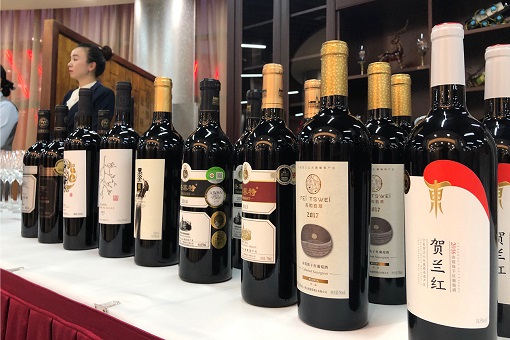
However, it’s time consuming to build a winery from the scratch. Therefore, the shortcut is to outsource to Ningxia wineries, one of the premier wine regions in China. Since its establishment in 1982, Ningxia has seen a steady increase in quality wine production, with international wine brands such as Pernod Ricard and LVMH (Louis Vuitton Moët Hennessy) investing in the area.
The trick is pretty simple – Australian winemakers would provide technology and quality control, while the Chinese wineries provide the rest, including raw materials, production and processing. However, at the end of the day, the wine produced on Chinese soil will carry the Australian company’s logo and stickers, as if the products were made in Australia.
It’s like pouring Chinese wine into Australian bottles and tries to trick consumers into thinking they are Australian wine when in fact they are not. Exactly what type of technology and quality control the Aussie possessed that the Chinese didn’t know in wine production? Even if the Chinese wineries agree to such business model, it won’t take long for Beijing to crack down on such arrangement.
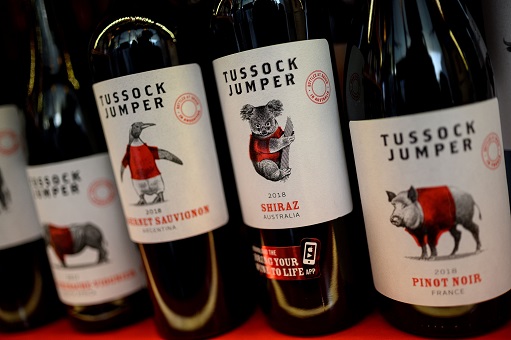
Besides, the competition from other winemakers from France, Chile, Spain, Italy, New Zealand, Bulgaria, Georgia and even South Africa will make it hard for Australian companies. From January to March this year alone, French and Chilean wines have emerged as the two main substitutes for Australian wine, which previously account for roughly 40% of market share in China.
While France has outstripped Australia to become China’s No. 1 wine supplier in volume (27.1 million litres), Chile came in second (15.83 million litres) and Spain emerged third (10.61 million litres) in the first 3 months of 2021. Obviously, it’s not hard to replace Australia as winemakers from Europe and South America have already rushed in to China to fill the market gap.
Like it or not, Australian winemakers have been unable to offset a major decline in sales to China, even though they have increased exports to new and current markets. Australian wine exports to the U.S., its so-called ally in the trade war against China, actually fell 7% during the past financial year to just A$400 million. Even its wine exports to the U.K. have increased by less than A$100 million.
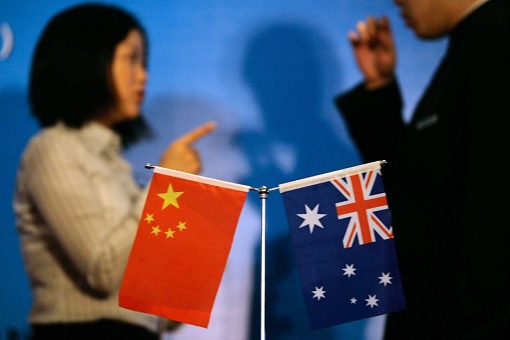
Other Articles That May Interest You …
- Australia’s Wine Export To China Crash 96% – Only $9 Million Sold As Tariffs Wipe Out Aussie’s Biggest Export Market
- Australia’s $1 Billion Wine Industry In Trouble – China Officially Slaps 218.4% Import Duties For 5 Years Effective Sunday
- Australia’s Treasury Wine Forced To Sell Brands & Assets – Profit Suffers 43% Drop After China’s Tariffs Punishment
- China Will Import Coal From Any Country, Except Australia – PM Morrison Upset Over Impact On The A$14 Billion Industry
- Australia Hopes RCEP Will Fix Problems With China – But It Gets Worse As Beijing Reveals Three Issues With Canberra
- Australia’s Economy Being Hit Again – China Bans Wheat, Lobster, Barley, Sugar, Wine, Timber, Coal, Copper
- China Punish Australia Again – Recession-Hit Aussie Saw Its A$2 Billion Cotton Industry Targeted
- Australia Upset! – China Now Uses “Asian Discrimination” To Target Aussie’s A$38 Billion Education Industry
- Coronavirus Inquiry Backfired On Aussie – China Slaps Tariffs, Warns It Has The Power To Hurt Australia Economy
- Lawsuits For Trillions Of Dollars Against China Over Spread Of Coronavirus – Here’s Why It’s A Waste Of Time
- 3 Coronavirus Variants Discovered – Surprisingly, “Type-A” Found In Americans, Wuhan’s Type-B And Type-C In Europe

|
|
July 23rd, 2021 by financetwitter
|


|

|

|

|

|

|










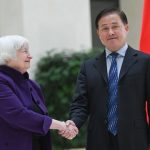

















The advertisement is blocking paragraph 1. Cannot read the content